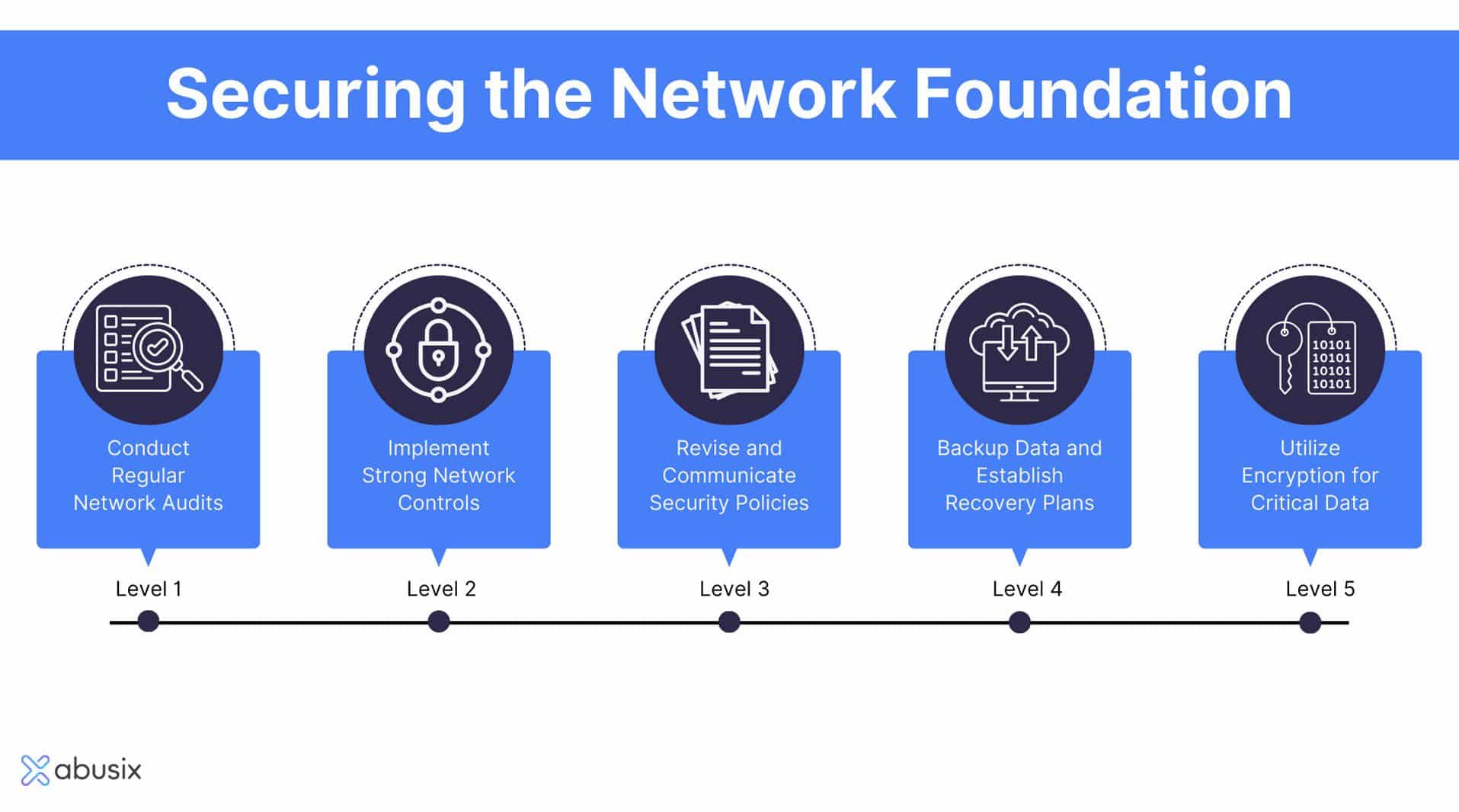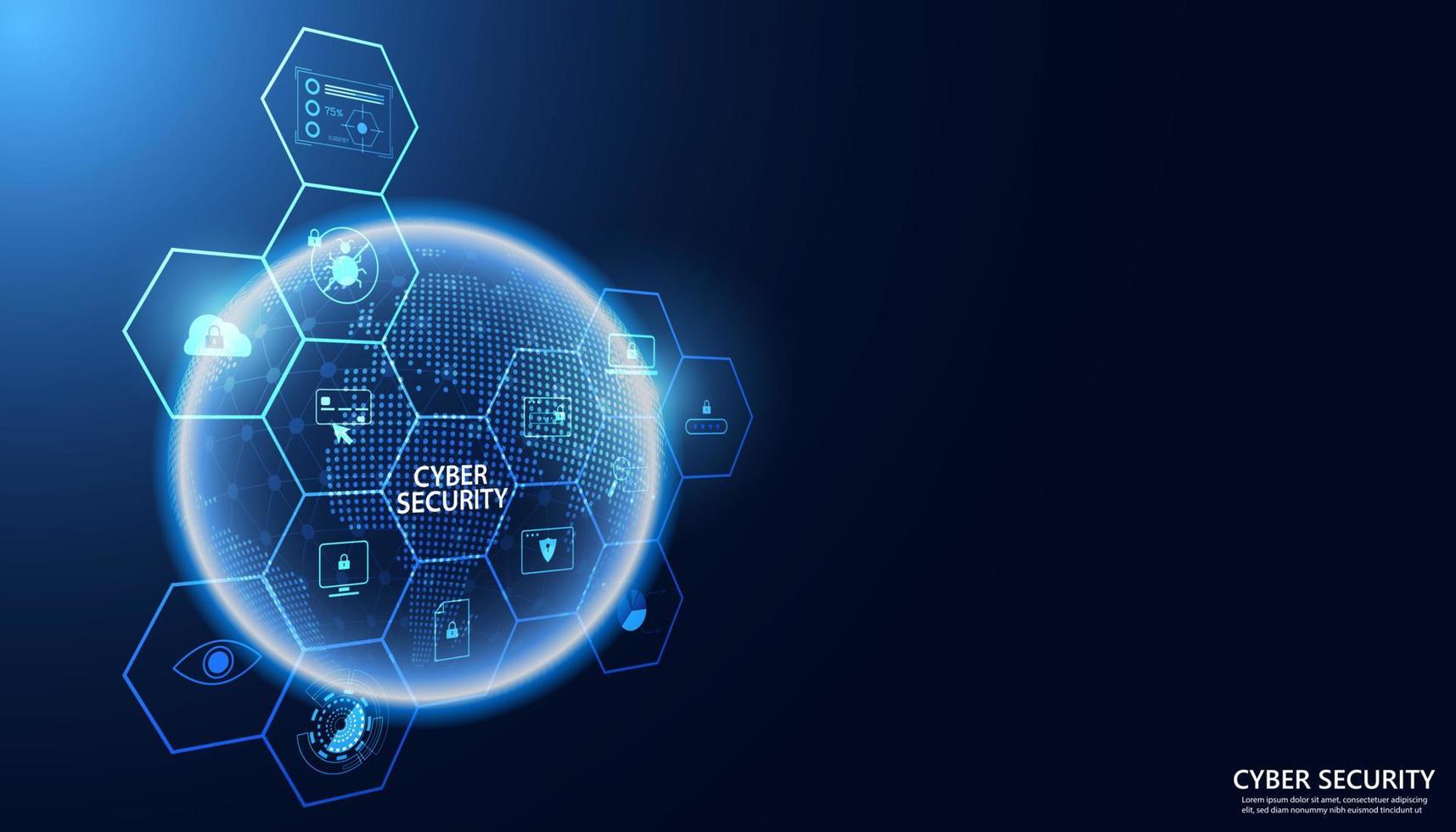Data Cyber Security: A Comprehensive Approach to Mitigating Digital Risks
Data Cyber Security: A Comprehensive Approach to Mitigating Digital Risks
Blog Article
Exactly How Data and Network Protection Shields Versus Emerging Cyber Dangers
In a period marked by the rapid evolution of cyber hazards, the value of data and network safety has actually never been more pronounced. Organizations are progressively reliant on sophisticated safety steps such as file encryption, gain access to controls, and positive monitoring to safeguard their electronic assets. As these risks become more complicated, understanding the interplay between data protection and network defenses is important for alleviating threats. This discussion intends to explore the vital parts that strengthen an organization's cybersecurity position and the techniques essential to remain ahead of possible vulnerabilities. What remains to be seen, however, is how these measures will develop despite future obstacles.
Comprehending Cyber Risks

The ever-evolving nature of technology constantly presents new vulnerabilities, making it important for stakeholders to stay attentive. People might unwittingly come down with social engineering tactics, where enemies manipulate them into revealing sensitive details. Organizations face unique obstacles, as cybercriminals frequently target them to manipulate useful data or disrupt operations.
Furthermore, the rise of the Web of Things (IoT) has actually increased the strike surface area, as interconnected tools can act as entrance factors for assailants. Recognizing the importance of durable cybersecurity techniques is critical for minimizing these threats. By cultivating a detailed understanding of cyber individuals, dangers and organizations can apply effective approaches to secure their digital possessions, ensuring durability in the face of an increasingly complex threat landscape.
Trick Elements of Information Security
Making certain information safety and security needs a diverse method that incorporates various essential parts. One essential aspect is data file encryption, which changes sensitive information into an unreadable style, available just to licensed users with the proper decryption keys. This works as a crucial line of defense versus unauthorized access.
An additional crucial part is gain access to control, which regulates who can check out or manipulate information. By executing rigorous individual authentication methods and role-based accessibility controls, companies can reduce the risk of expert threats and data violations.

Furthermore, data masking techniques can be employed to safeguard delicate information while still enabling for its use in non-production atmospheres, such as screening and advancement. fft perimeter intrusion solutions.
Network Security Approaches
Implementing durable network security techniques is vital for protecting an organization's digital infrastructure. These strategies entail a multi-layered technique that includes both software and hardware options made to safeguard the stability, confidentiality, and schedule of information.
One important component of network security is the deployment of firewall programs, which act as an obstacle between trusted interior networks and untrusted outside networks. Firewall programs can be hardware-based, software-based, or a combination of both, and they aid filter incoming and outgoing web traffic based upon predefined safety and security rules.
Furthermore, breach discovery and prevention systems (IDPS) play an essential duty in keeping an eye on network website traffic for dubious tasks. These systems can notify managers to possible violations and take activity to mitigate risks in real-time. Routinely patching and upgrading software application is likewise vital, as susceptabilities can be made use of by cybercriminals.
Moreover, applying Virtual Private Networks (VPNs) ensures protected remote gain access to, encrypting data transmitted over public networks. Last but not least, segmenting networks can decrease the attack surface and include potential violations, restricting their influence on the general facilities. By embracing these approaches, organizations can effectively strengthen their networks against emerging cyber risks.
Ideal Practices for Organizations
Establishing finest practices for companies is essential in maintaining a strong safety position. An extensive method to information and network safety begins with routine danger assessments to recognize susceptabilities and potential dangers. Organizations should apply robust accessibility controls, making certain that only accredited workers can access delicate data and systems. Multi-factor verification (MFA) must be a common need to improve security layers.
Furthermore, continuous worker training and understanding programs are vital. Workers should be educated on identifying phishing efforts, social design strategies, and the relevance of adhering to safety protocols. Normal updates and patch administration for software application and systems are also crucial to safeguard against known vulnerabilities.
Organizations have to check and establish case reaction plans to ensure preparedness for potential breaches. This consists of developing clear communication networks and roles throughout a safety and security incident. In addition, information file encryption should be utilized both at remainder and in transit to guard delicate details.
Lastly, carrying out routine audits and compliance checks will certainly assist guarantee adherence to well-known policies and appropriate policies - fft perimeter intrusion solutions. By adhering to these best practices, organizations can significantly boost their resilience versus arising cyber hazards and safeguard their vital properties
Future Trends in Cybersecurity
As organizations navigate a significantly complex electronic landscape, the future of cybersecurity is positioned to progress considerably, driven by changing and arising innovations hazard paradigms. One popular fad is the integration of fabricated knowledge (AI) and artificial intelligence (ML) right into protection frameworks, enabling real-time hazard detection and feedback automation. These innovations can evaluate substantial quantities of data to determine abnormalities and potential breaches a lot more efficiently than typical methods.
Another critical pattern is the surge of zero-trust style, which requires continuous verification of customer identities and tool safety, no matter their area. This technique decreases the threat of expert dangers and boosts protection versus outside assaults.
Furthermore, the boosting fostering of cloud solutions demands robust cloud fiber network security security methods that deal with special vulnerabilities connected with cloud atmospheres. As remote work ends up being an irreversible fixture, safeguarding endpoints will also end up being paramount, resulting in a raised emphasis on endpoint detection and response (EDR) remedies.
Finally, governing compliance will proceed to form cybersecurity methods, pushing organizations to take on much more stringent information defense procedures. Embracing these patterns will certainly be crucial for companies to strengthen their defenses and navigate the progressing landscape of cyber threats effectively.
Verdict
In verdict, the implementation of durable data and network safety and security actions is vital for companies to protect versus emerging cyber risks. By using file encryption, accessibility control, and efficient network protection approaches, companies can significantly lower vulnerabilities and shield sensitive details.
In an era marked by the fast development of cyber dangers, the significance of data and network protection has never been more pronounced. As these hazards come to be extra complex, understanding the interaction between data safety and network defenses is necessary for minimizing dangers. Cyber risks include a large variety of destructive tasks intended at compromising the confidentiality, stability, and accessibility of networks and information. A comprehensive technique to information and network protection begins with normal threat analyses to recognize vulnerabilities and possible risks.In final thought, the execution of robust data and network protection actions is crucial for companies to guard versus emerging cyber threats.
Report this page